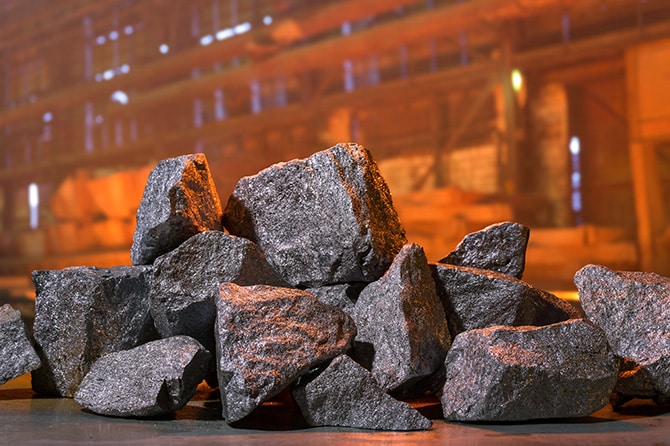 |
| ferroalloy |
Declining Output and Export Struggles in 2024
Ukraine's ferroalloy industry faced a significant decline in 2024 due to ongoing military conflict, high electricity costs, and logistical constraints. Ferroalloy plants produced only 108.2 thousand tons, marking a 49.4% year-over-year (y/y) decline. The production breakdown included:
- Silicomanganese: Down 45% y/y to 104.2 thousand tons
- Ferromanganese: Down 66.5% y/y to 3.6 thousand tons
- Ferrosilicon and other ferroalloys: Marginal production at 0.12 tons and 0.28 tons, respectively
- No production of metallic manganese or manganese concentrate
The industry resumed operations in April-May 2023, after a shutdown in late 2023, with capacity utilization not exceeding 6%. Despite these challenges, companies are seeking ways to restart idle mining and processing facilities.
Key Industry Challenges
The Ukrainian ferroalloy sector continues to grapple with severe obstacles:
- War Zone Operations: Facilities operate under constant threat, endangering personnel and equipment.
- Soaring Electricity Costs: Prices are significantly higher than in European countries, with a required 100% prepayment for electricity, causing financial strain.
- Labor Shortages: Constant mobilization and migration to safer areas have depleted the workforce.
- Logistics Issues: High port handling costs in Great Odessa and expensive transport via the Danube make exports costly.
Sharp Decline in Exports and Market Competition
In 2024, Ukraine's ferroalloy exports plummeted 4.5 times, down to 77.3 thousand tons from 344.2 thousand tons in 2023. Key markets included:
- Poland (27.4% of monetary export value)
- Turkey (21.5%)
- Italy (19.8%)
However, Ukraine is losing its hold on the Italian market, facing competition from Kazakhstan, which benefits from lower energy costs. Trade restrictions are also tightening, with the European Commission launching a protective investigation into certain ferroalloy imports, primarily due to Kazakhstan's competitive pricing.
While Ukraine currently enjoys a preferential trade regime with the EU, this expires in June 2025, raising uncertainty about future market access.
Future Prospects: Uncertainty and Dependence on Energy Reform
The industry's outlook remains pessimistic, with high energy costs and falling global ferroalloy prices exacerbating the crisis. Companies are unsure whether they will be able to continue production beyond February 2025. The Pokrovsky GOK is considering restarting its enrichment plant in April, as stockpiles will deplete by June 2025.
Government intervention on energy pricing and supply stability is critical. Without reforms, Ukraine risks losing its ferroalloy industry entirely, impacting domestic production of armor steels and other essential materials.

